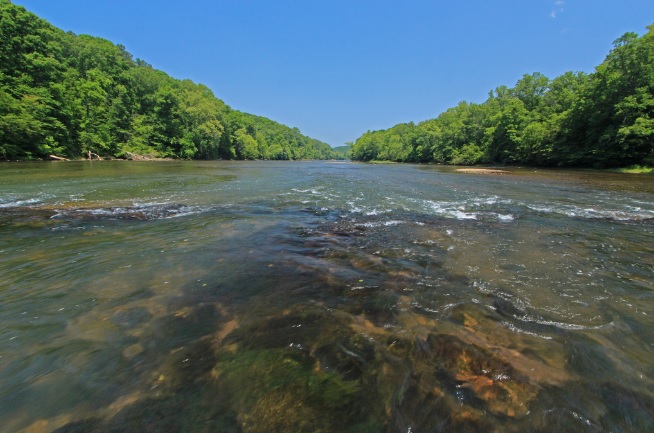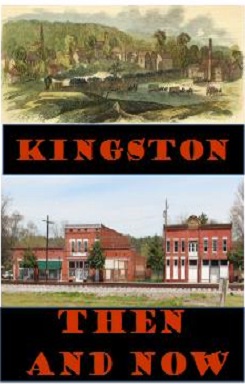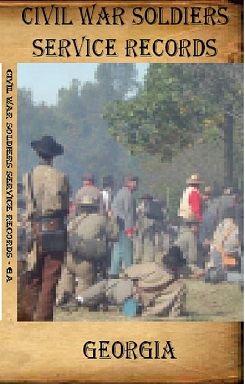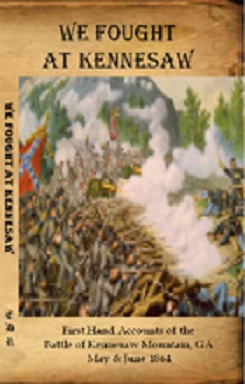The Ravenel Saltpeter Cave

Photo by Alan Cressler - https://www.flickr.com/photos/alan_cressler/5792626052/in/photostream/
Across the Etowah on the west bank overlooking the shoals here is the Ravenel or Jolley Cave. This ancient cave was likely used as shelter by Native Americans, but it was most notably employed as a “saltpeter mine” during the Civil War. The Confederate Nitre Bureau mined caves throughout this area to extract nitrates to be used in the production of gunpowder. Proximity to water—an essential ingredient in the extraction process—is the likely reason this cave was mined. Soil was removed from the cave floor and through an arduous process that involved soaking the soil in water, adding wood ash and boiling off the water, potassium nitrate was created. The miners were known as “peter monkeys” and worked for low wages in the dark, damp caves. The workers at the Ravenel Cave were Confederate draftees who earned 60 cents per day. The Ravenel Cave was mined during 1861 and 62, but the nearby, and larger, Kingston Saltpeter Cave produced Confederate gunpowder until Sherman’s invading troops destroyed the operation. According to a 1970 survey, the cave extends 203 feet into the bluff overlooking the river. The cave can be accessed by climbing up the bank below the shoals and following the path upstream. Directly opposite the cave, on the east bank, is a clear, cold spring run that is worth sticking your feet in.
Directly to the north of the Ravenel cave, the Woolsey bridge was used by McPherson's troops to cross the Etowah. This bridge was built to provide access to the cave and a road ran south to Macedonia Church. The area is now the site of Kingston Downs.

Henry William Ravenel, the namesake of the cave was a well known botanist from Berkeley County, SC. His son was a pharmicist in Rome prior to the war. The cave is located on the land or nearby where my family - the Butlers lived.
~ 1 ~ 2 ~




